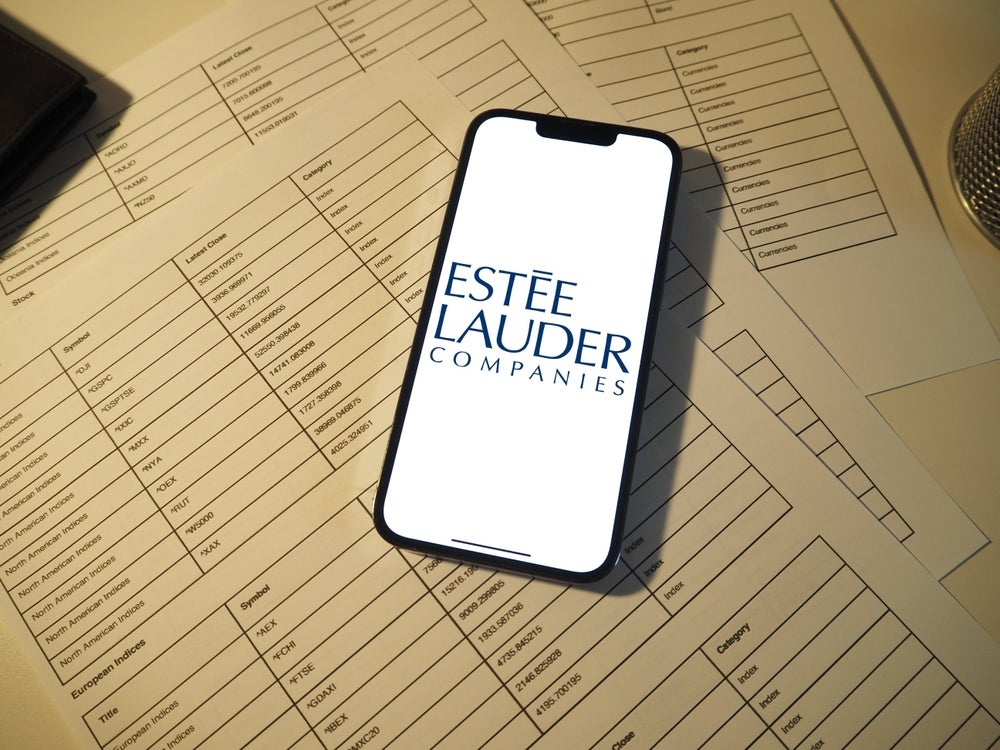In celebration of Earth Day, the Estée Lauder Companies (ELC) has provided updates on its packaging sustainability journey.
ELC’s broader aim is to identify and implement materials and packaging solutions with sustainability, luxury, functionality, compatibility, and quality in mind.
The company’s Packaging Sustainability Guidelines emphasise strategies like reducing packaging materials use, designing for reuse, and increasing recycled content.
These guidelines, coupled with custom-developed tools and industry methodologies such as third-party reviewed life-cycle assessments, help ELC integrate sustainability principles within its packaging decisions.
ELC’s Aveda brand uses paper-based, locally recyclable sachets for product samples. Compared to their plastic predecessors, production of this sachet reportedly reduces water consumption by at least 36% and emits 37% fewer greenhouse gases.
Another example is Estée Lauder’s use of glass packaging, which helped to drive the relaunch of its Revitalizing Supreme+ Moisturizer Youth Power Creme. The product now offers a refillable pod to help minimise packaging weight by 90%.
ELC also collaborates with suppliers like Eastman to incorporate advanced recycling technologies into post-consumer recycled (PCR) content used in packages as a complementary solution to mechanical recycling.
The company’s internal plastic guidelines help minimise virgin petroleum plastic and reduce nonrecyclable plastic across its packaging, products, and retail spaces.
At ELC’s offices and stores, recycling is prioritised in alignment with local laws and infrastructure for responsible waste handling. Its manufacturing, distribution, and innovation sites also follow a common waste minimisation hierarchy in which the company prioritises, prevents, reduces, reuses (including donations where appropriate), and recycles.









